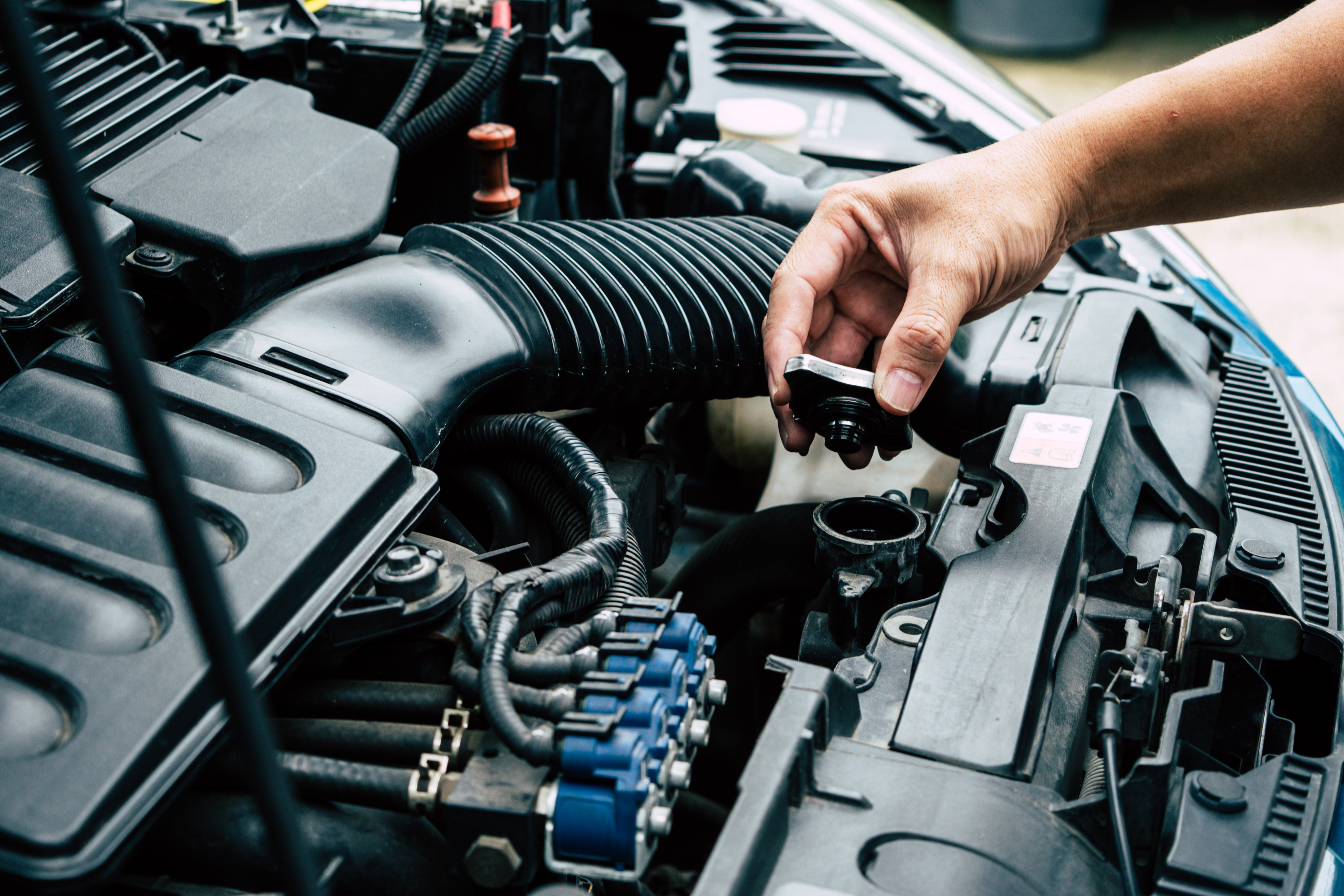You’ve heard that checking your car’s fluids is an important part of maintenance. But you may not know why.
The fluids in your car cool it and lubricate it, among other things. Low fluid levels can, at minimum, do things like lower your gas mileage. At worst, it can make your car non-operational.
Knowing which car fluids to check is important. Knowing often they should get checked matters just as much.
Keep reading to find out about the different types of fluids in your car.
Oil
This is one of the most basic things you need to check. Your parents should have taught you to do this when you first started driving, but not everyone thinks of it.
If you don’t have enough oil, then you don’t have a properly working engine. It can literally make your car grind to a halt, emphasis on grind.
To check the oil levels, you need to pop open your hood and find the dipstick. Don’t do this immediately after driving; let your car cool off a bit first.
While your car is cooling, grab an old cloth or towel. Then find the dipstick and pull it out. Once you’ve done that, wipe it off on the cloth.
After that, reinsert the dipstick and pull it back out. There should be notches on the stick that show how much oil remains in your engine. If the numbers are low, you need to top it off.
Windshield Washer Fluid
Imagine this scenario: You’re driving home from work when a gigantic bug lands on your windshield with a splat. But when you try to activate the wiper fluid, nothing happens.
All fluids in a car are important, but running out of wiper fluid at the wrong time could cause an accident.
Luckily, the windshield washer fluid reservoir is easy to find underneath the hood. Look for a cap that has a windshield wiper symbol on it. Then open it and add windshield washer fluid concentrate until it’s full.
Coolant
An overheated car can be dangerous to both the vehicle and the people inside of it. Most newer cars have a sensor that alerts you when the coolant is low.
You need an oil change about every 3,000 to 5,000 miles. But your coolant only needs to get checked every 30,000 miles unless there’s a problem. Most oil change places will take a look for you.
But if you need to check it on your own, wait for the car to cool off first. Then look at the radiator. If the liquid is at the full line, you’re good to go.
If not, you’ll need to add some coolant.
Brake Fluid
Modern brakes are hydraulic. In other words, they’re not going to work right without brake fluid.
But while brake checks are important, it’s not usually a DIY project. You should take your car to a local brake shop and let the experts do it.
But you can watch for signs of trouble. If you have to mash down on the brakes to stop, that means you’re overdue for a brake inspection.
Going Beyond Car Fluids to Check
Now that you know how to check car fluids, your work isn’t done. The way you store your car can be as important as figuring out which car fluids to check.
Not everyone has access to a garage. But if you do, you should use it. Read our post on the importance of garage storage to find out more.

